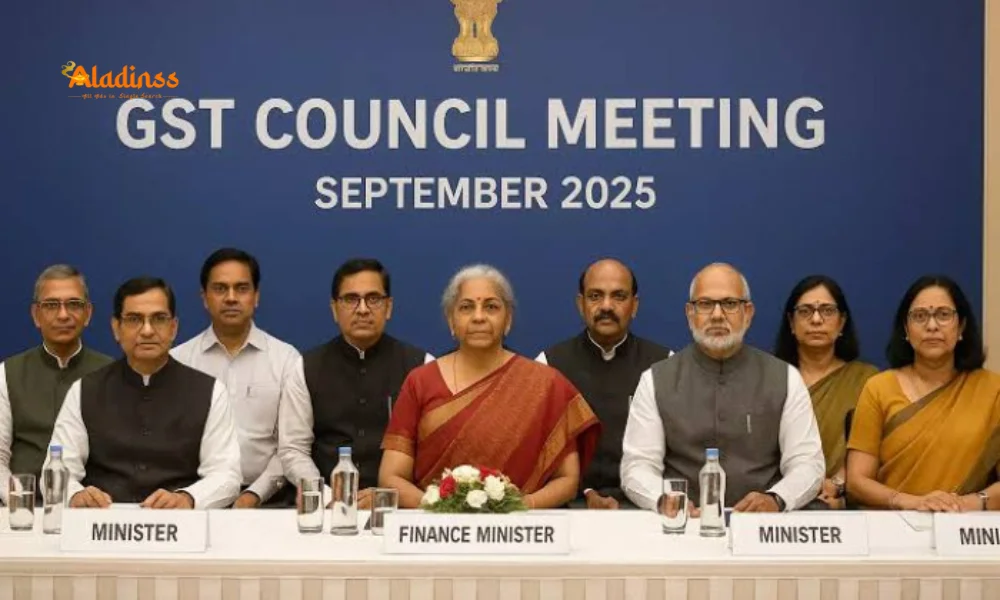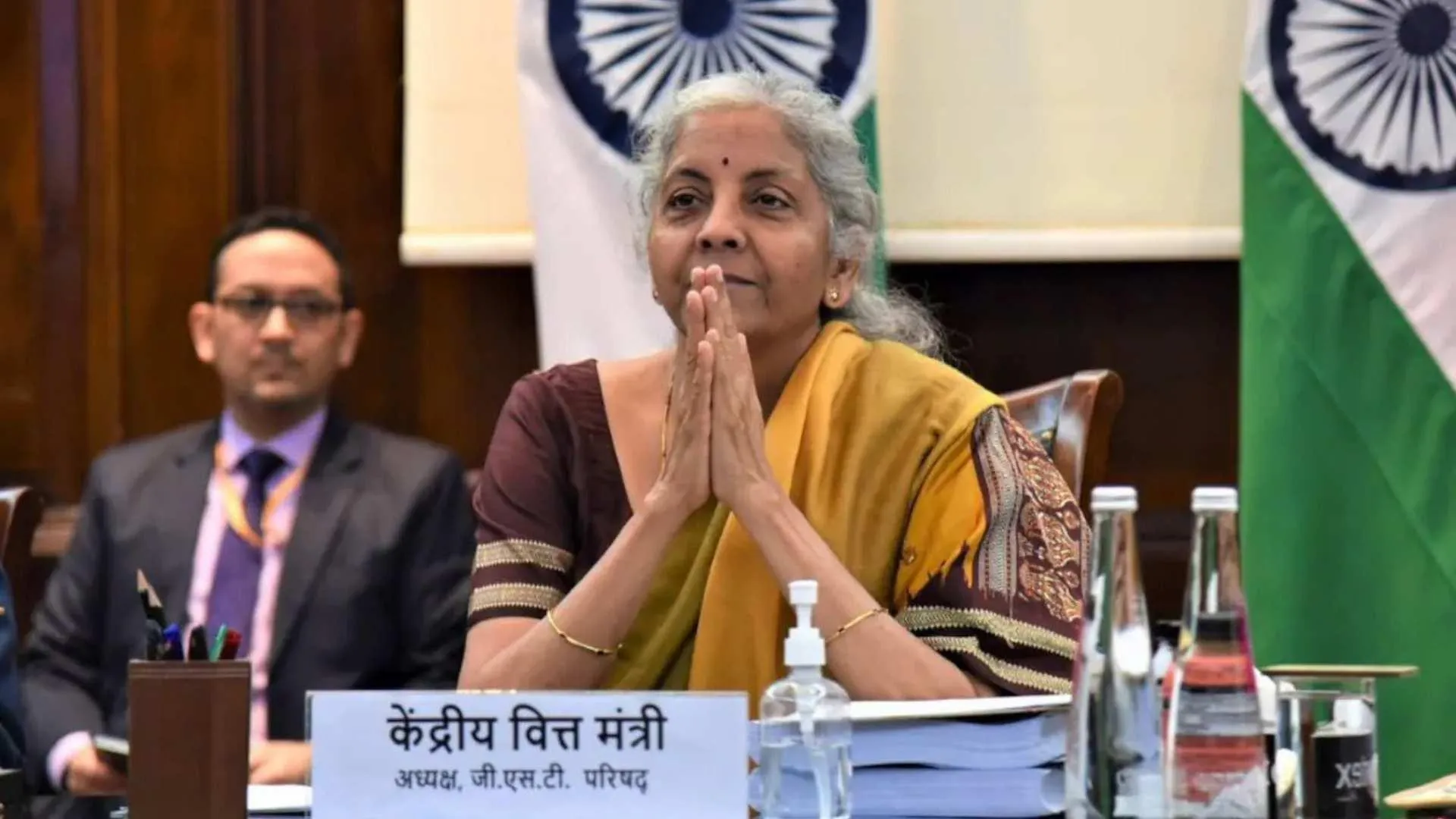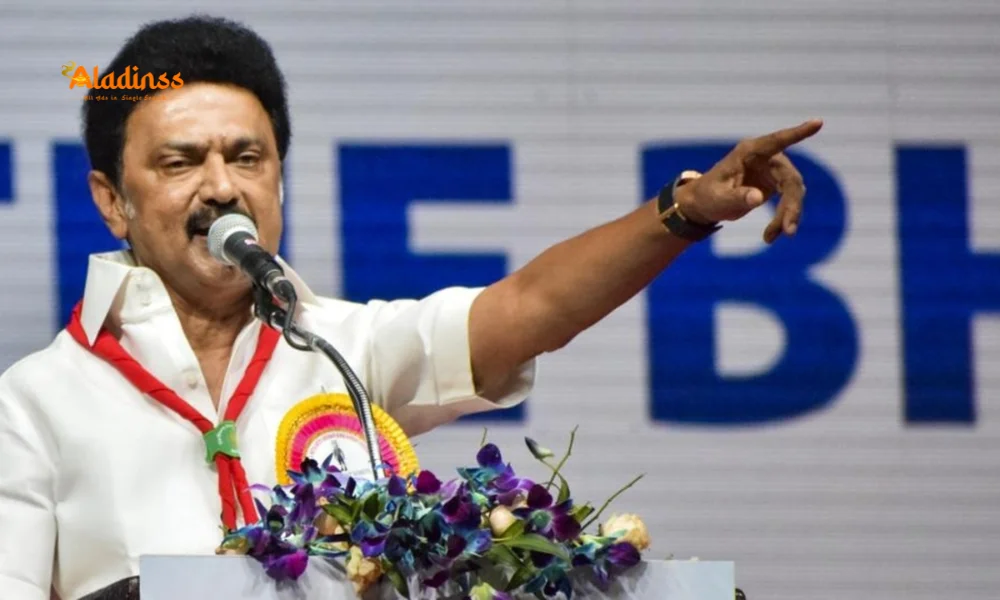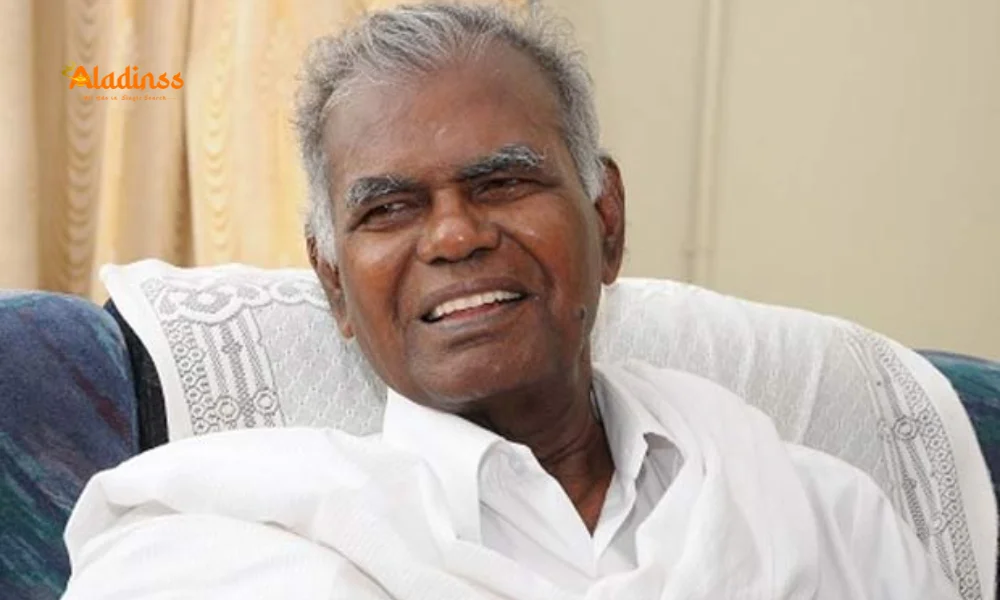GST Council Meeting 2025: Tax Cuts on 175 Items

GST Council Meeting 2025: Tax Cuts on 175 Items, Including TVs and ACs
In a significant development for Indian consumers and businesses, the 56th GST Council meeting, chaired by Union Finance Minister Nirmala Sitharaman, commenced today in Delhi. This two-day meeting, starting on September 3, 2025, is set to address critical issues such as reducing GST slabs, implementing tax reforms, and simplifying tax payment and accounting procedures. Among the most anticipated outcomes is the potential reduction of GST rates on 175 items, including household essentials like televisions (TVs) and air conditioners (ACs). This move aligns with Prime Minister Narendra Modi’s Independence Day announcement, promising tax relief ahead of Diwali.

Key Agenda: Reducing GST Slabs for Simpler Taxation
The GST Council is deliberating on a major overhaul of the current Goods and Services Tax (GST) structure. The existing four-slab system-5%, 12%, 18%, and 28%-is likely to be streamlined into two slabs: 5% and 18%. This decision follows the Central Government’s approval to simplify the tax structure, aiming to make compliance easier for businesses and provide relief to consumers. The reduction in tax slabs is expected to create a more uniform and predictable taxation system, fostering economic growth and easing the financial burden on taxpayers.
The simplification of GST slabs has been a long-standing demand from industry stakeholders and state governments. By reducing the number of tax brackets, the government aims to minimize classification disputes and enhance transparency in the taxation process. This reform is also expected to boost sectors such as manufacturing and retail, which have been grappling with complex tax compliance requirements.
GST Rate Cuts on 175 Items: What to Expect
Reports indicate that the GST Council is considering reducing tax rates on 175 items, including consumer durables like TVs and ACs. Currently, many of these items fall under the 28% tax slab, which has been a point of contention for consumers due to the high cost it imposes. Lowering the GST on these goods could make them more affordable, especially ahead of the festive season, aligning with the Prime Minister’s promise of a Diwali bonanza for Indian households.
The reduction in GST rates is expected to stimulate demand in the consumer electronics market, which has faced challenges due to inflationary pressures and rising input costs. For instance, air conditioners and large-screen TVs, which are often taxed at 28%, could see significant price reductions if moved to the 18% slab. This move is likely to benefit middle-class households and boost sales during the upcoming festive season.
Simplifying Tax Payment and Compliance
In addition to reducing tax slabs, the GST Council is focusing on simplifying tax payment and accounting procedures. The current GST compliance framework has been criticized for its complexity, particularly for small and medium enterprises (SMEs). The council is likely to introduce measures to streamline return filing, reduce paperwork, and enhance digital integration for tax payments. These reforms aim to make GST compliance more user-friendly and reduce the administrative burden on businesses.
The council is also exploring ways to leverage technology to improve compliance. For example, integrating artificial intelligence (AI) and data analytics could help detect tax evasion and ensure accurate tax collection. Such measures would not only benefit the government by increasing revenue but also create a level playing field for businesses adhering to GST regulations.
Key Participants and Their Role
The 56th GST Council meeting is chaired by Union Finance Minister Nirmala Sitharaman, with participation from finance ministers of various states, including Tamil Nadu’s Thangam Thennarasu. The presence of state representatives ensures that regional concerns are addressed, making the GST Council a collaborative platform for tax policy decisions. The council’s decisions are expected to reflect a consensus between the central and state governments, ensuring that the reforms benefit all stakeholders.
State finance ministers play a crucial role in shaping GST policies, as states have a significant stake in the revenue generated through GST. The reduction in tax slabs and rates will require careful deliberation to balance revenue needs with consumer relief. The involvement of Tamil Nadu’s finance minister highlights the state’s active participation in shaping national tax policies.
Impact on Consumers and Businesses
The proposed GST rate cuts and slab simplification are expected to have far-reaching implications for both consumers and businesses. For consumers, lower GST rates on items like TVs and ACs will translate into reduced prices, making these products more accessible. This is particularly significant ahead of Diwali, a time when consumer spending typically peaks. The reduction in tax slabs will also make it easier for consumers to understand the tax structure, fostering greater trust in the system.
For businesses, the simplified tax structure and compliance procedures will reduce operational costs and improve efficiency. Small businesses, in particular, stand to benefit from streamlined processes, as they often lack the resources to navigate complex tax systems. The reduction in tax rates on key items will also stimulate demand, benefiting manufacturers, retailers, and the broader economy.
Broader Economic Implications
The GST Council’s decisions are expected to have a ripple effect on the Indian economy. By reducing tax rates and simplifying compliance, the government aims to boost consumption and investment, which are critical drivers of economic growth. The timing of the reforms, ahead of the festive season, is strategic, as it is likely to encourage consumer spending and stimulate economic activity.
Moreover, the reduction in GST slabs aligns with the government’s broader vision of creating a business-friendly environment. A simpler tax system will attract both domestic and foreign investment, positioning India as a competitive destination for manufacturing and trade. The reforms are also expected to enhance India’s ranking in global indices such as the Ease of Doing Business index.
What’s Next for GST Reforms?
The outcomes of the 56th GST Council meeting will set the stage for future tax reforms in India. While the reduction in tax slabs and rates is a significant step, the council is also likely to discuss other issues, such as expanding the GST base and addressing tax evasion. The focus on digital integration and technology-driven compliance will further strengthen the GST framework, ensuring long-term sustainability.
As the meeting progresses, stakeholders across the country will be closely watching for updates. The decisions made in Delhi over the next two days will shape the future of India’s tax system, with implications for consumers, businesses, and the economy as a whole. Stay tuned for the latest developments from the GST Council meeting.
Comment / Reply From
No comments yet. Be the first to comment!











